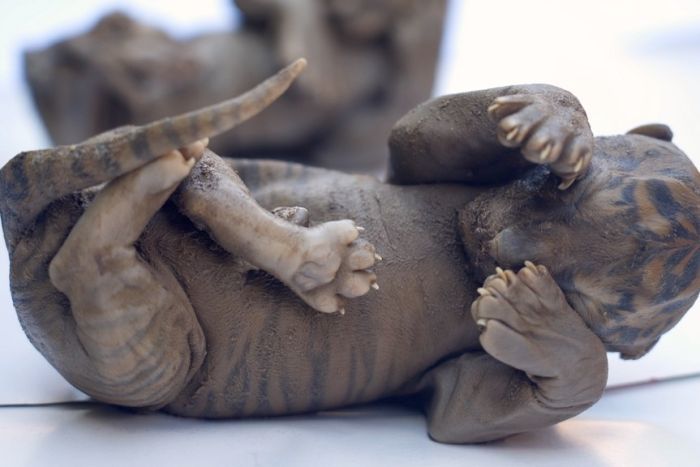Just over the weekend, the Department of Wildlife and National Parks (Perhilitan) nabbed two poachers of Vietnamese nationality with the help of wildlife NGOs monitoring the area for Malaysia’s endangered fauna.
The poachers were found to be in possession of over 200 animal parts including Sun Bear gallbladders, Wild Boar bones, Malayan Tiger and Clouded Leopard claws, and numerous others that have yet to be identified. Plenty of wire snares were also found. The poachers were discovered to have been camping in a dense part of the Hulu Sungai Tersat jungle, believed to have come to Malaysia under a visitor’s pass four months ago.
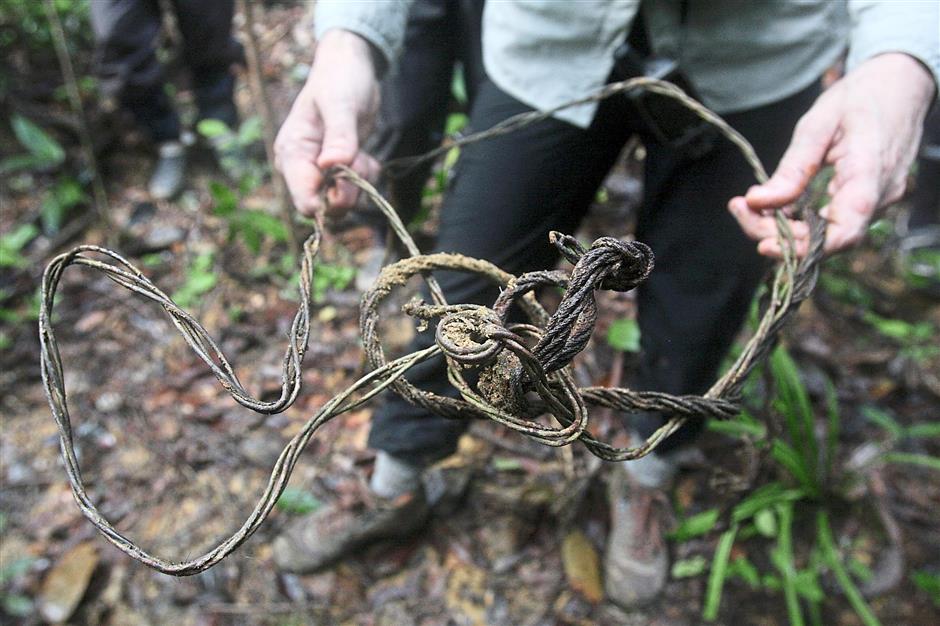
The Mythical Medicine
These endangered animals are targeted for two reasons: traditional medicine ingredients, and exotic trade. While almost all part of the animals are used, from their bones to their skin, the issues here are that these animals are illegally obtained, inhumanely harvested, low in number, and often legally protected.
What is even more troubling is that the medicines that claim necessary to have these animals ingredients have no scientific evidence of being effective, and that demand is based mostly on the reputation of the animal itself. Because these animals are rare and difficult to hunt, traditional beliefs surround the notion of nonpareil; creating ideas that consumption of these animals carry an elixir-like power.
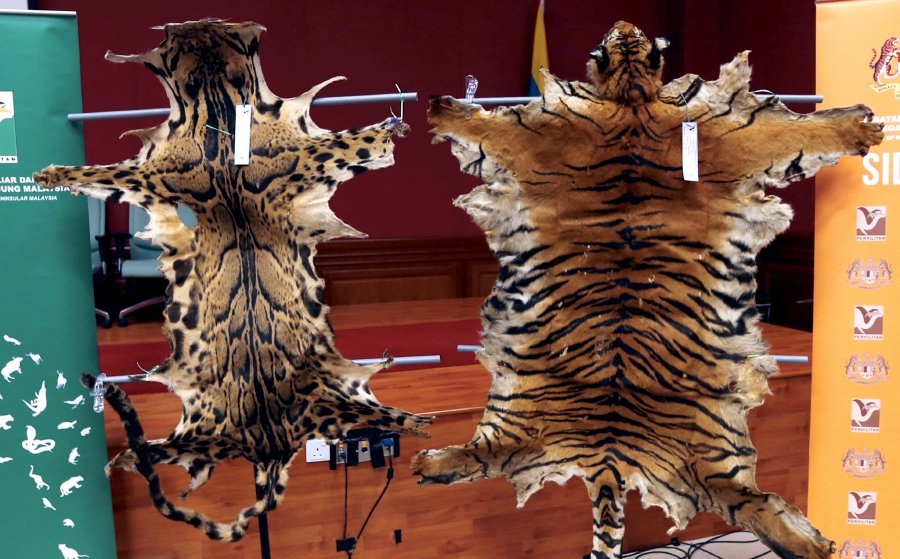
Not only that, the nouveaux riche funding the trade want to consume and own animal parts as a form superiority and status symbol. People of proletariat status, such as the Vietnamese poachers, are roped into the cycle of hunting the elusive creatures found on their own land as means of lucrative income from the Burma-Chinese black market.
Do They Have a Tomorrow?
The latest string in raids only serve to showcase the unfortunate popularity of Asian animals in the black market and the lack of law enforcement preventing the poaching. Three of Malaysia’s most endangered and legally protected fauna have not escaped this atrocious trade, placing the entire Southeast Asian rain forest in peril.
The Sun Bear
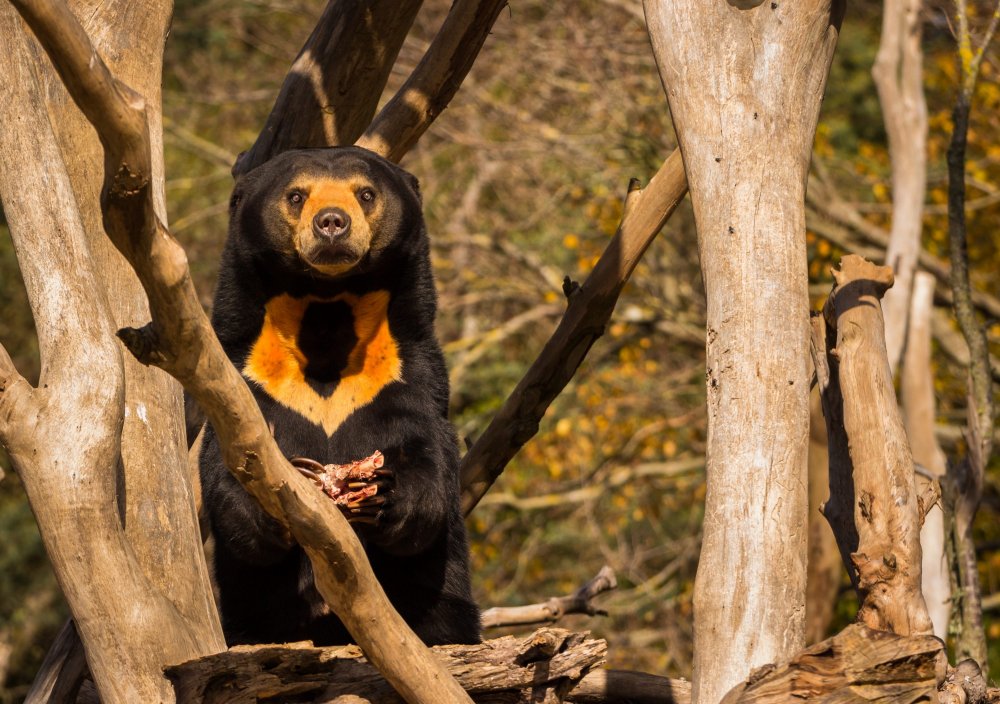
Known to be the smallest type of bear in the world, the Sun Bear is known for its distinctive upwards curving yellow crest on its chest area. This type of bear is also the rarest of the bear family. They have 18-inch-long tongues, the longest of any bear, and perfect for reaching deep into bee hives found in tree trunks for honey. There is no solid estimation for the remaining number of Sun Bears due to their elusiveness.
The Sun Bear is threatened by the bear bile trade, pet trade (mothers are killed for their babies), human conflict, and habitat destruction.
The Malayan Tiger
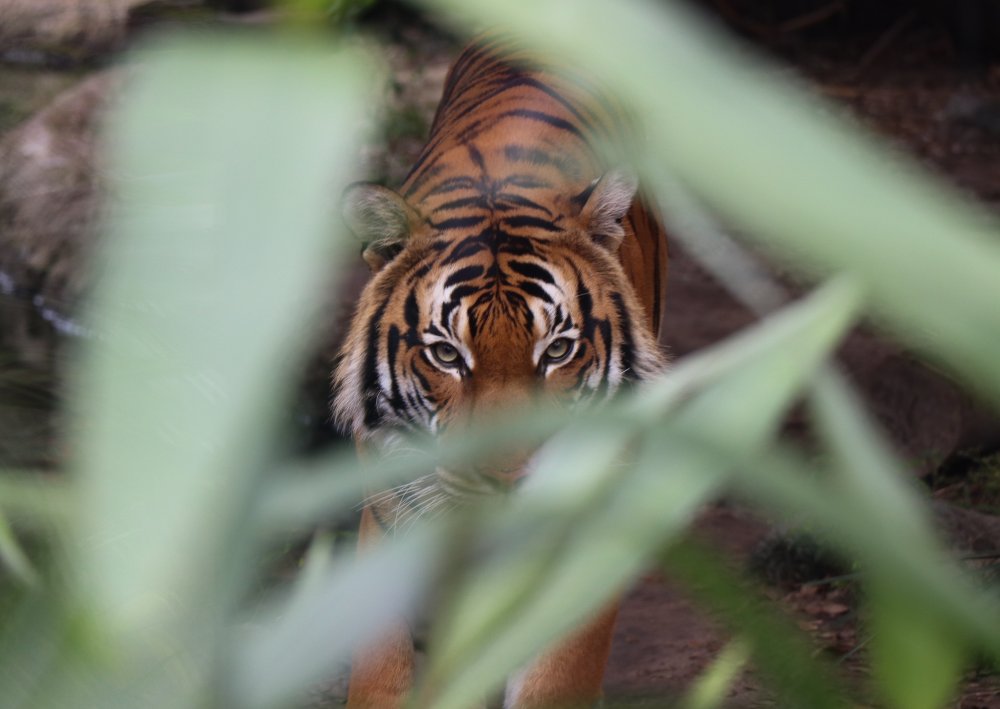
Endemic to Malaysia and small parts of Southern Thailand, the Malayan Tiger is Malaysia’s national animal. They were previously thought to be of the same subspecies as the Indochinese tigers found closer to China, but research found them to be separate. An estimate of less than 200 tigers remain in the wild, with numbers still plummeting.
The Malayan Tiger is threatened by the fur trade, claw, teeth and bone trade, meat trade, habitat loss, human conflict, and sport hunting.
The Clouded Leopard
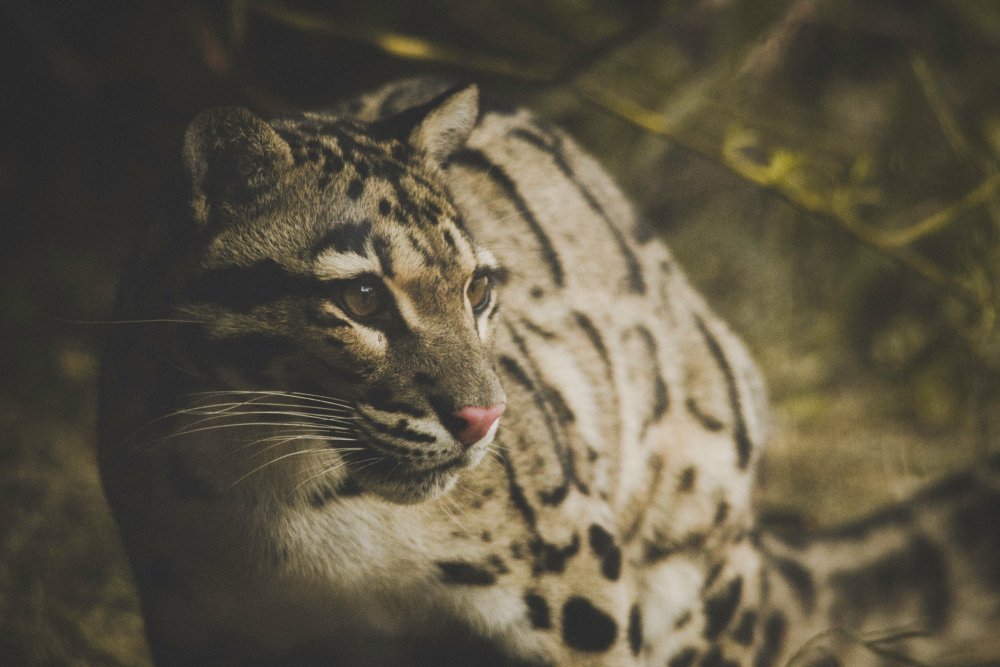
Possible the most shy of all jungle cats, the Clouded Leopard can be distinguished from the other leopards by the distinct cloud-like patterns across its rich brown-ish coat. With a tail as long as its body, the medium-sized predator also possesses the longest canine teeth of any living feline. An estimate of 10,000 leopards is recorded, but the data of these animals are outdated and difficult to update due to sparse habitats.
The Clouded Leopard is threatened by the fur trade, claw, teeth and bone trade, meat trade, habitat loss, human conflict, and defragmentation of the jungle. They are possibly more traded than tigers due to their rarity.
The loss of these critically endangered animals is a loss to the entire ecosystem as these animals play a big part in maintaining territorial areas, spread fruit and flower seeds, as well as regulate other animal populations.
Efforts made to preserve these creatures include habitat conservation, rehabilitation centres, and educational outreach programmes. But with poaching and forest clearing happening at monstrous rates, these efforts can’t be just enough to save these animals. Serious and lasting action is needed, and needed yesterday.
"ExpatGo welcomes and encourages comments, input, and divergent opinions. However, we kindly request that you use suitable language in your comments, and refrain from any sort of personal attack, hate speech, or disparaging rhetoric. Comments not in line with this are subject to removal from the site. "


